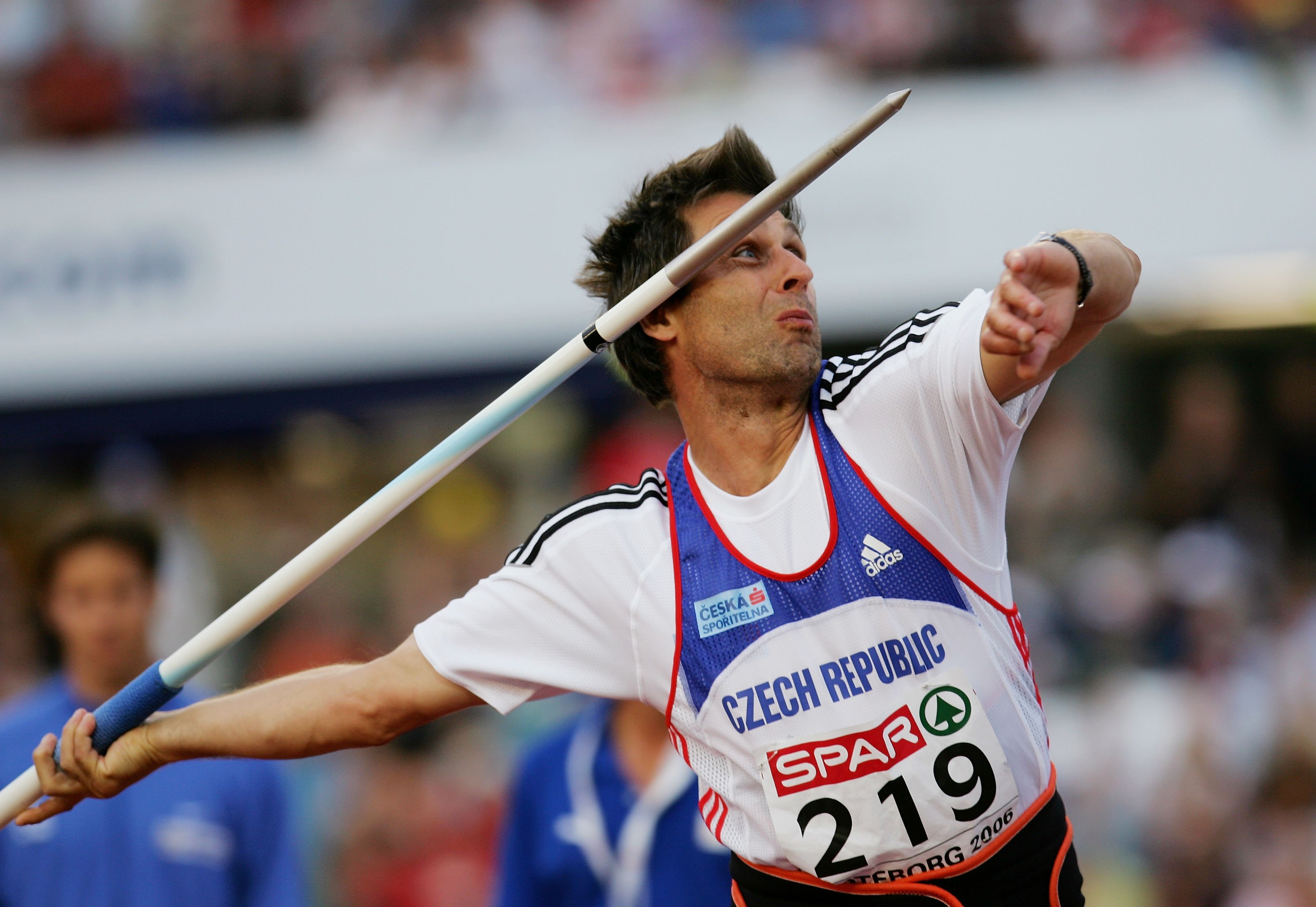The Men’s Javelin Throw Final

The men’s javelin throw final is a captivating event that showcases the pinnacle of athleticism and precision. This thrilling competition has witnessed a remarkable evolution of techniques and a surge in performance over the years, making it a true spectacle for spectators worldwide.
The Evolution of Javelin Throw Technique, Men’s javelin throw final
The javelin throw technique has undergone significant transformations throughout history, impacting the men’s final in profound ways. Early techniques emphasized a powerful overhand throw with minimal rotation, resulting in shorter distances. However, the introduction of the “run-up” and the “javelin grip” revolutionized the sport. The run-up allowed athletes to generate greater momentum, while the javelin grip enabled a more efficient release angle.
Historical Significance of the Men’s Javelin Throw Final
The men’s javelin throw final has a rich history, marked by iconic athletes and groundbreaking moments. One of the most significant figures is the Finnish athlete, Matti Järvinen, who dominated the sport in the 1930s. He set the world record in 1932, a feat that stood for over 20 years. Another remarkable athlete, Terje Hakonsen of Norway, set a new world record in 1984, which remained unbroken for 16 years.
World Records and Their Impact on the Sport
The pursuit of world records has driven innovation and performance in the men’s javelin throw final. The evolution of the world record can be traced through a timeline:
- 1932: Matti Järvinen (Finland) – 71.70 meters
- 1953: Yrjö Nikkanen (Finland) – 78.30 meters
- 1968: Jānis Lūsis (Soviet Union) – 84.54 meters
- 1984: Terje Hakonsen (Norway) – 91.28 meters
- 2001: Jan Železný (Czech Republic) – 98.48 meters (current world record)
Each world record has pushed the boundaries of human performance, inspiring athletes to strive for greater heights.
The Mechanics of the Throw

The javelin throw is a complex athletic event that requires a combination of strength, power, and technique. The thrower must be able to generate a high velocity and launch the javelin at the optimal angle to achieve maximum distance.
The Phases of the Throw
The javelin throw can be broken down into five distinct phases:
- The Approach: The thrower begins the approach by running towards the throwing area. The approach is crucial for generating momentum and speed. The thrower’s goal is to maintain a smooth and consistent running style, building up speed and power. The approach distance is typically between 30 and 40 meters.
- The Plant: The thrower plants their foot on the ground, typically the left foot for right-handed throwers, just before entering the throwing area. This action initiates the transfer of momentum from the running phase to the throwing phase. The plant should be firm and decisive, providing a solid base for the throw.
- The Throw: The thrower rotates their body and extends their arm, launching the javelin. This phase involves a complex sequence of movements, including hip rotation, shoulder extension, and wrist snap. The thrower aims to release the javelin at the optimal angle and velocity.
- The Follow-Through: After releasing the javelin, the thrower continues their body rotation and follows through with their arm. The follow-through helps to maintain balance and ensure a smooth release. The thrower should maintain a controlled and stable position throughout the follow-through.
- The Recovery: The thrower recovers from the throw and returns to a standing position. The recovery phase is important for maintaining balance and preventing injury.
The Importance of Speed, Angle, and Release Point
The distance a javelin travels is determined by several factors, including the thrower’s speed, the angle at which the javelin is released, and the release point.
- Speed: The greater the thrower’s speed at the time of release, the greater the javelin’s initial velocity. This directly impacts the distance the javelin will travel.
- Angle: The optimal release angle for a javelin throw is approximately 45 degrees. At this angle, the javelin will travel the farthest distance. However, the optimal angle can vary slightly depending on the thrower’s individual characteristics and the wind conditions.
- Release Point: The release point is the location where the javelin leaves the thrower’s hand. The thrower aims to release the javelin at a height that maximizes the distance the javelin will travel. This is often slightly above shoulder height, depending on the thrower’s height and the individual throw.
Visual Representation of the Javelin Throw Technique
A visual representation of the javelin throw technique would show the thrower’s body in motion, highlighting the key anatomical movements involved in each phase. The approach would show the thrower running with a smooth and consistent stride, building up speed and power. The plant would show the thrower’s left foot planted firmly on the ground, initiating the transfer of momentum. The throw would show the thrower rotating their body and extending their arm, launching the javelin. The follow-through would show the thrower continuing their body rotation and following through with their arm, maintaining balance and ensuring a smooth release. The recovery would show the thrower returning to a standing position, maintaining balance and preventing injury.
The men’s javelin throw final is a thrilling event, showcasing the incredible strength and precision of the world’s best throwers. The history of the javelin in the Olympics, as documented in olympics javelin , reveals how this event has evolved over the years.
The men’s javelin throw final is a testament to the dedication and skill of these athletes, who push the boundaries of human potential with each throw.
The men’s javelin throw final is a thrilling spectacle of athleticism and precision. Athletes must master the technique of launching the javelin with both power and accuracy to achieve a winning throw. The current javelin throw world record serves as a benchmark for these competitors, pushing them to strive for greater heights in this demanding event.
As the final throws are made, the tension mounts, and the crowd anticipates the outcome of this exciting competition.
